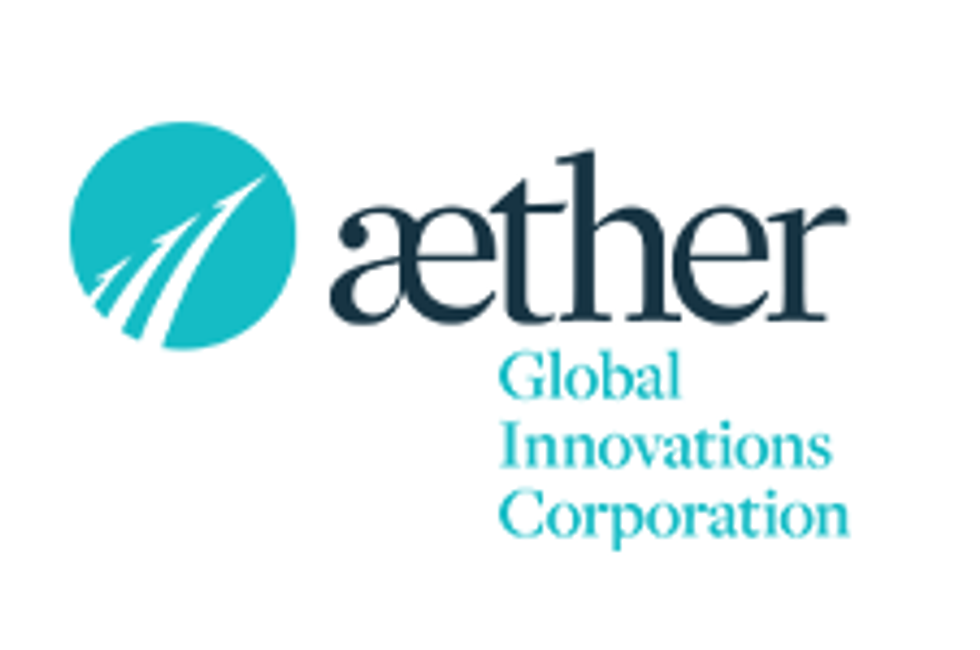Cisco Announced US$1 Billion Investment Into New Internet
Its new ‘Silicon One’ ASIC-chip architecture will improve routers, buffering, power an latency, among others.
Cisco (NASDAQ:CSCO), cybersecurity firm announced that it plans to launch a ‘Silicon One’ ASIC-chip architecture that will significantly improve router processes. Cisco has invested US$1 billion in this project, with both Facebook (NASDAQ:FB) and Microsoft (NASDAQ:MSFT) already using its new chip architecture.
As quoted in the press release:
“Pushing the boundaries of innovation to the next level — far beyond what we experience today — is critical for the future and we believe silicon, optics and software are the technology levers that will deliver this outcome,” said David Goeckeler, executive vice president and general manager of the Networking and Security Business at Cisco. “Cisco’s technology strategy is not about the next-generation of a single product area. We have spent the past several years investing in whole categories of independent technologies that we believe will converge in the future — and ultimately will allow us to solve the hardest problems on the verge of eroding the advancement of digital innovation. This strategy is delivering the most ambitious development project the company has ever achieved.”
Introducing Cisco Silicon One – Breakthrough Unified, Programmable Silicon Architecture
The new Cisco Silicon One will be the foundation of Cisco’s routing portfolio going forward, with expected near-term performance availability up to 25 Terabits per second (Tbps). This is the industry’s first networking chip designed to be universally adaptable across service provider and web-scale markets. Designed for both fixed and modular platforms, it can manage the most challenging requirements in a way that’s never been done before. The first Cisco Silicon One ‘Q100’ model surpasses the 10 Tbps routing milestone for network bandwidth without sacrificing programmability, buffering, power efficiency, scale or feature flexibility.
